Android Nougat is out! Well, sort of. The newest version of Android OS (v 7.0) is starting to roll out to the Nexus line of phones. Is that a lot of devices? No. While Google doesn’t release Nexus sales figures, it’s pretty clear they don’t move nearly as many units as, say, the Samsung Galaxy line, and sales overall have been dropping. So Nougat is “out,” but it’s pretty meaningless for the majority of smartphone users.
What’s worse, handsets older than 2 years won’t see Android Nougat ever, unless you root it and place the updated OS on your old Nexus yourself. So it’s a fraction of a fraction, as evidence by how many Android devices are even running the previous update, 6.0, which is only 15%. And this was released about 10 months ago. This hits me personally since I own a Nexus 5, which will sadly not see Nougat.
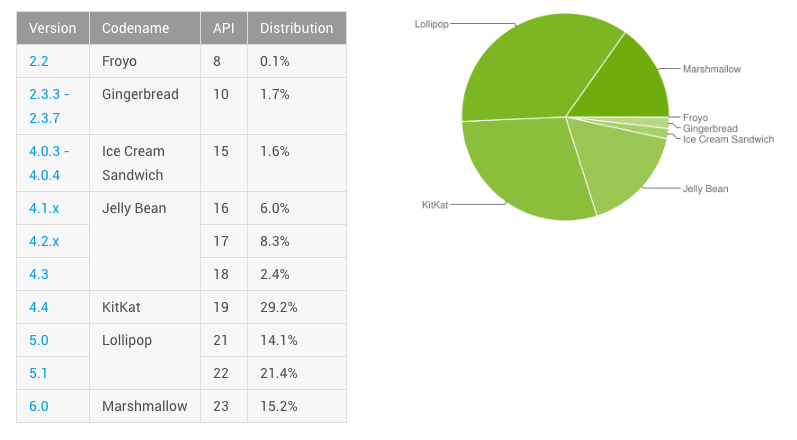
Source: developer.android.com
The fragmentation on Android mobile devices doesn’t seem like it’ll be resolved any time soon. But that’s just the new standard for everything in our lives, so why should Android be any different?
Everything is Fragmented

Growing up, everyone had a Game Boy, arguably the first “mobile device” that captured our attention and imagination like smartphones do today. And when I say “everyone,” that of course doesn’t mean literally everyone, it just felt that way. In reality, the original and color Game Boy sold about 118 million units over its lifetime. Compare that to the total number of iPhones sold which is nearing a billion units. But even with those massive numbers, it sure doesn’t feel like everyone has an iPhone, and at 15% marketshare, they clearly don’t. The smartphone market as a whole is as fragmented as Android.
This fragmentation is because there are not only more people in the world, but more options in general. We’re seeing the market effects of choice everywhere, from the low ratings of the Olympics and traditional television, to movies, to music, to video games. Billions of dollars are still being spent in all these industries, but the audiences are becoming ever more fragmented and servicing niches is becoming a complicated headache for every business trying to eek a profit. And it’s not just media.
Fragmentation is everywhere. Shopping for goods. Grocery stores. Healthcare. Doritos flavors. People, especially in the US, live a fragmented life where the things that one person uses and consumes look pretty different from the things the next-door neighbor uses and consumes.
Here’s a quick litmus test for the tech industry to see how fragmented our experiences are: can you name any recent (as in the past 8-10 years) brands that have become “genericized” the way iPod, Google, Photoshop, and Skype have? There doesn’t seem to be many (a few contenders: Uber, Podcast, Venmo? Maybe?) and this is because we no longer have many shared experiences due to the options at our disposal.
This is the new normal. Everyone’s an island. And that’s ok.
Embracing Fragmentation
 Today’s social networks are a great illustration of how businesses can help us embrace fragmentation. On the surface, they all look and behave the same way. Your Facebook looks and acts a lot like my Facebook. But the content is completely fragmented; your Facebook feed’s content is nothing like mine. Your Twitter content is totally different, as is your LinkedIn and Instagram. The framework is identical, the stuff we consume on it isn’t. Everyone has a unique experience, even though the UX is the same. Social networks are a great balance of uniformity and individuality. It’s fragmentation with the illusion of uniformity.
Today’s social networks are a great illustration of how businesses can help us embrace fragmentation. On the surface, they all look and behave the same way. Your Facebook looks and acts a lot like my Facebook. But the content is completely fragmented; your Facebook feed’s content is nothing like mine. Your Twitter content is totally different, as is your LinkedIn and Instagram. The framework is identical, the stuff we consume on it isn’t. Everyone has a unique experience, even though the UX is the same. Social networks are a great balance of uniformity and individuality. It’s fragmentation with the illusion of uniformity.
And ultimately, that’s what audiences want. They want to be with the crowd, but unique in the crowd. If your business can muster that feeling, the feeling of safety in numbers concurrent with feeling individualistic and special, you’re going to do well with the masses.
Android hits those feelings for me. The Android community still feels small; the community of Nexus owners, smaller still. But the platform itself has the vast market share of mobile devices despite the fragmentation, and the differences between a 6.0 to 7.0 are pretty small no matter how much the community loves to hype them up. It’s too bad my current phone won’t get Nougat, but again, only 15% of Android phones even have Marshmallow. I still feel special, in the crowd.
Bottle that feeling, and your business will win today’s market.
What do you think about fragmentation in today’s world?
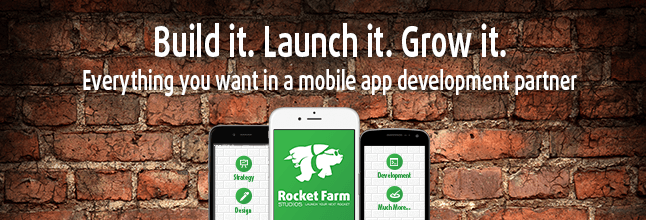




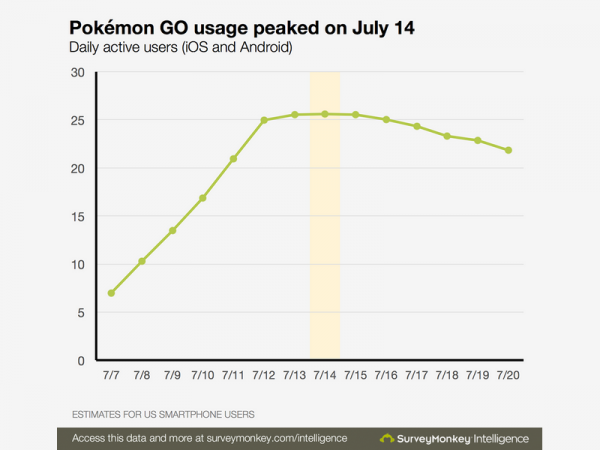
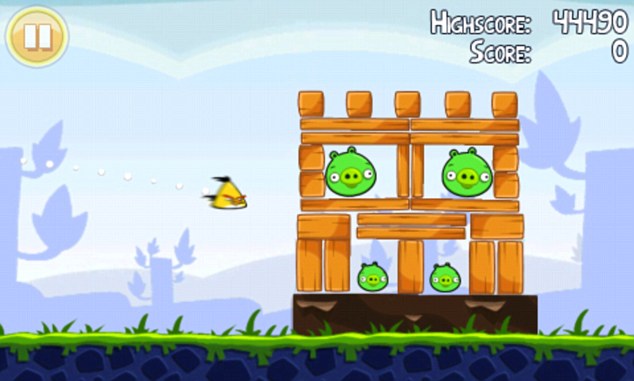
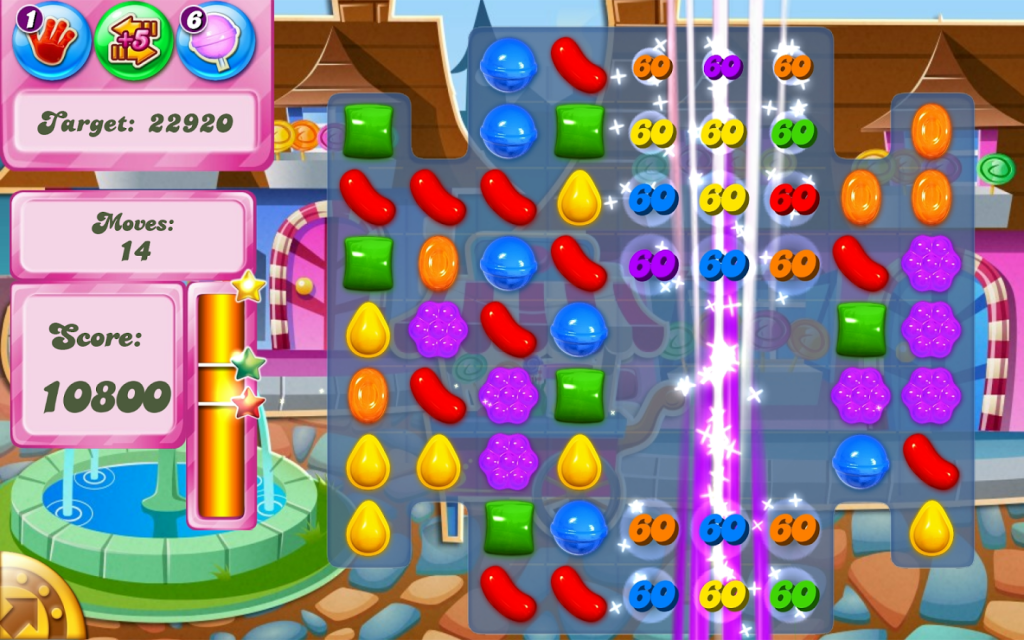
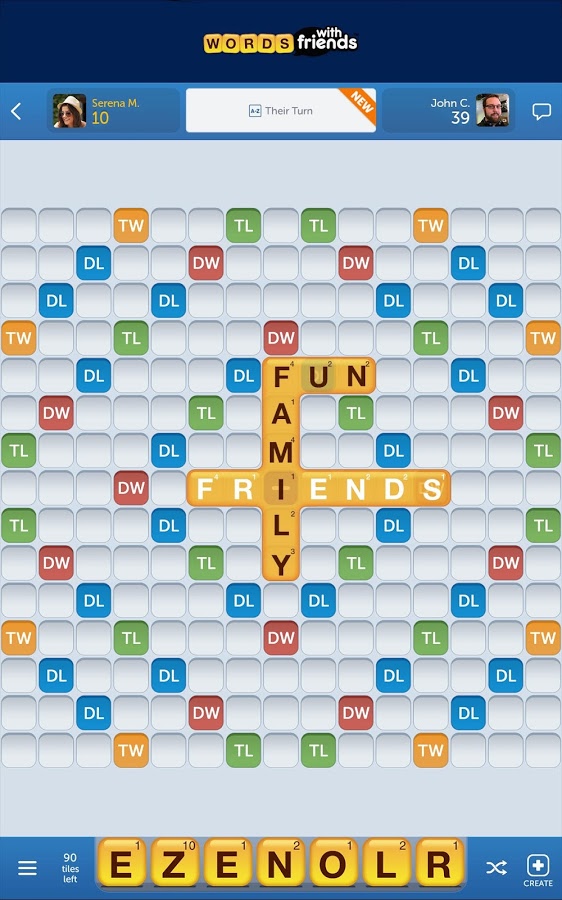
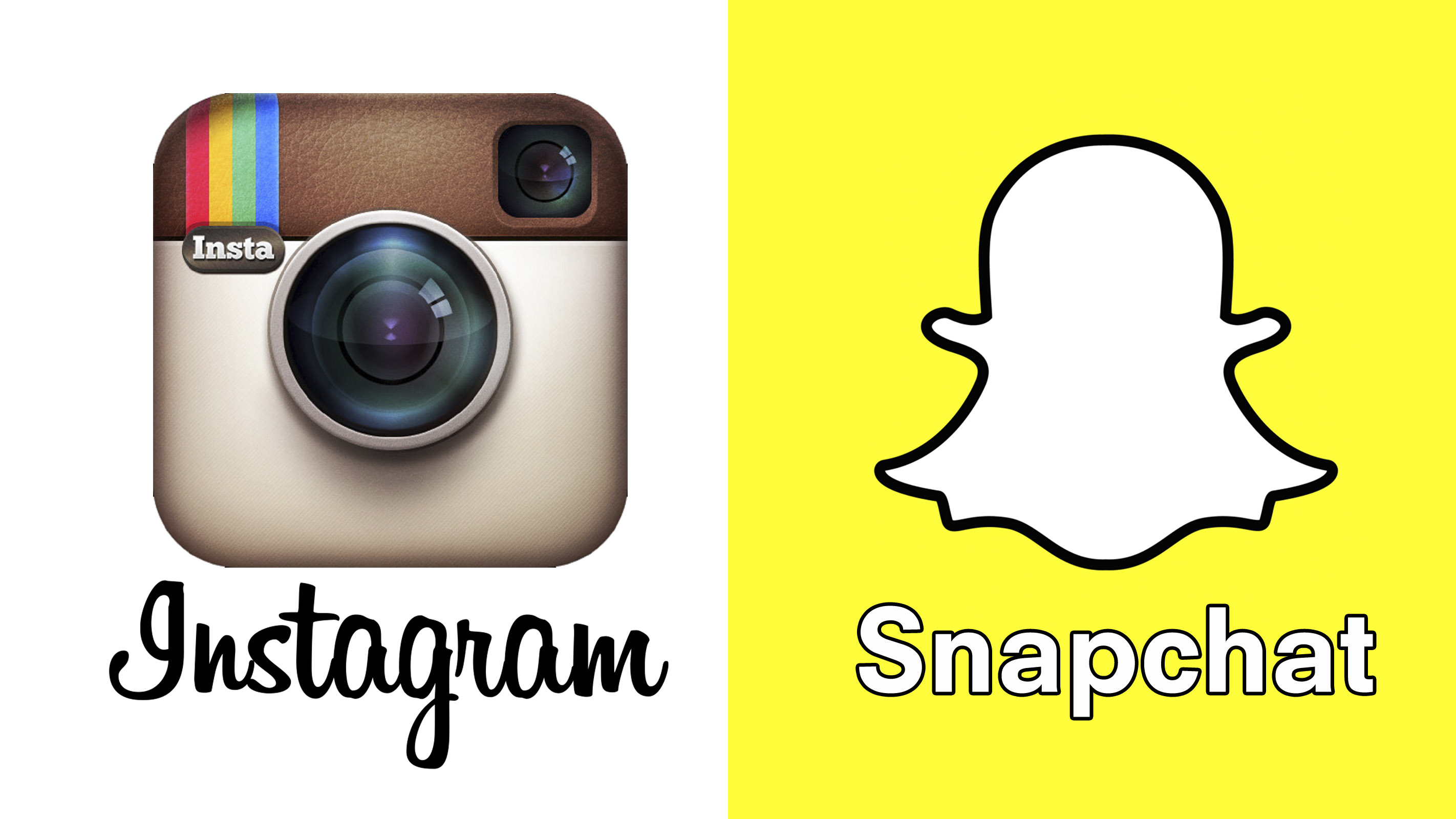
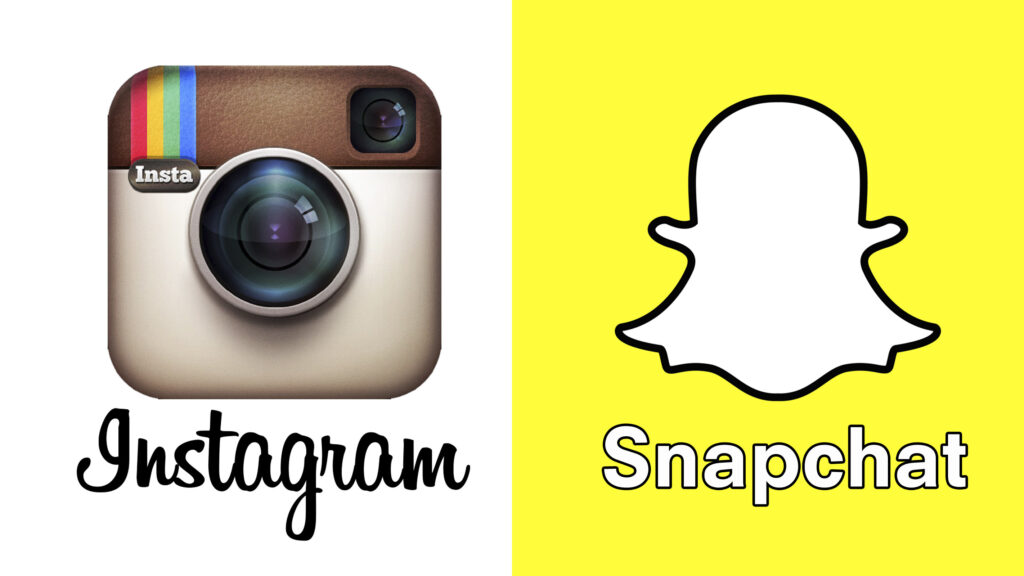
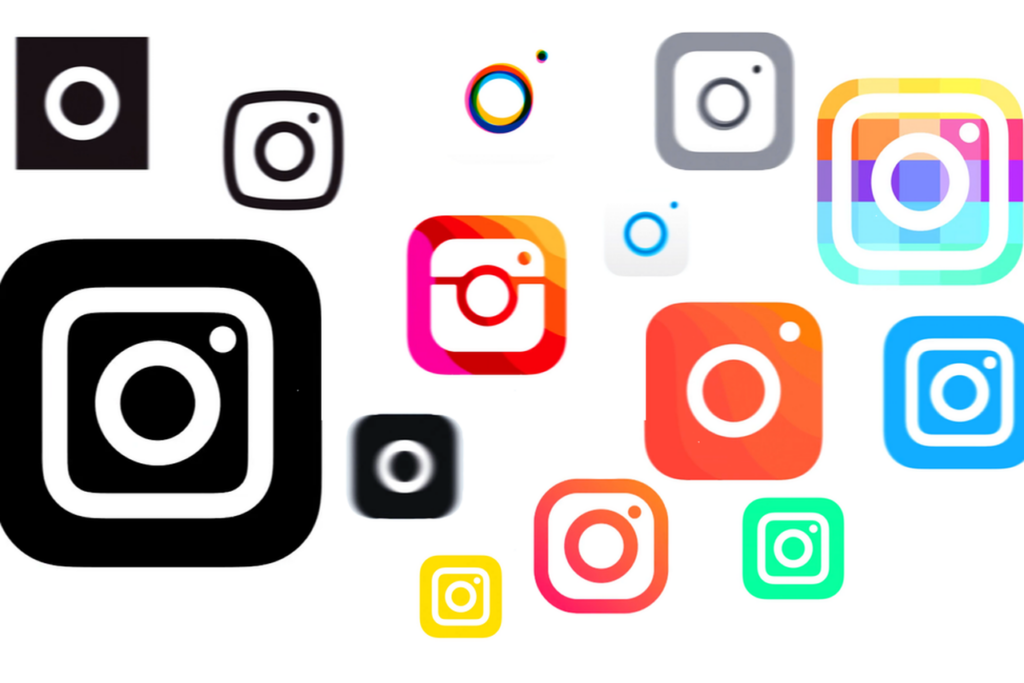
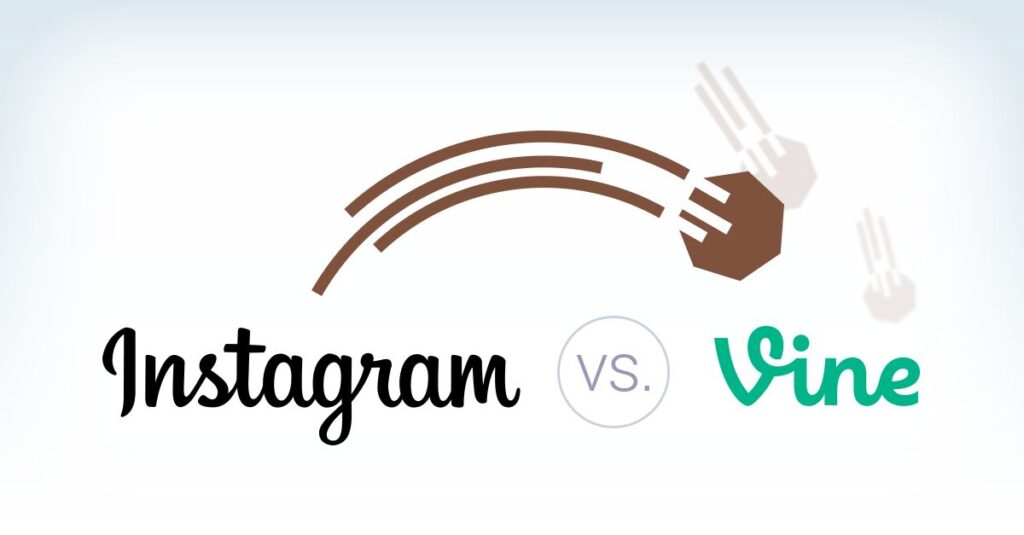
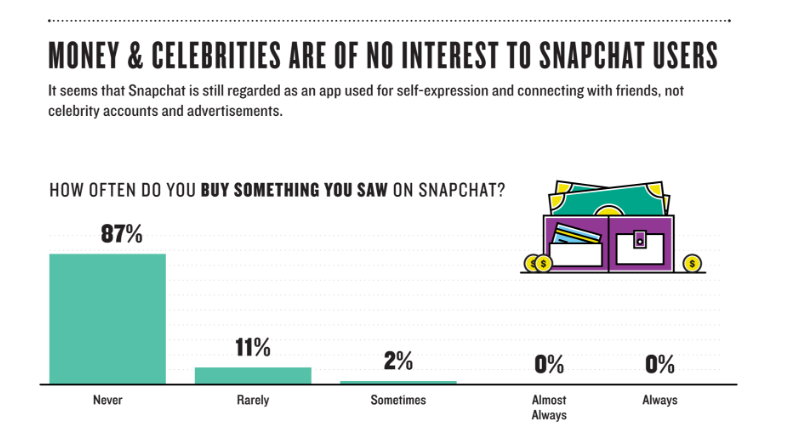
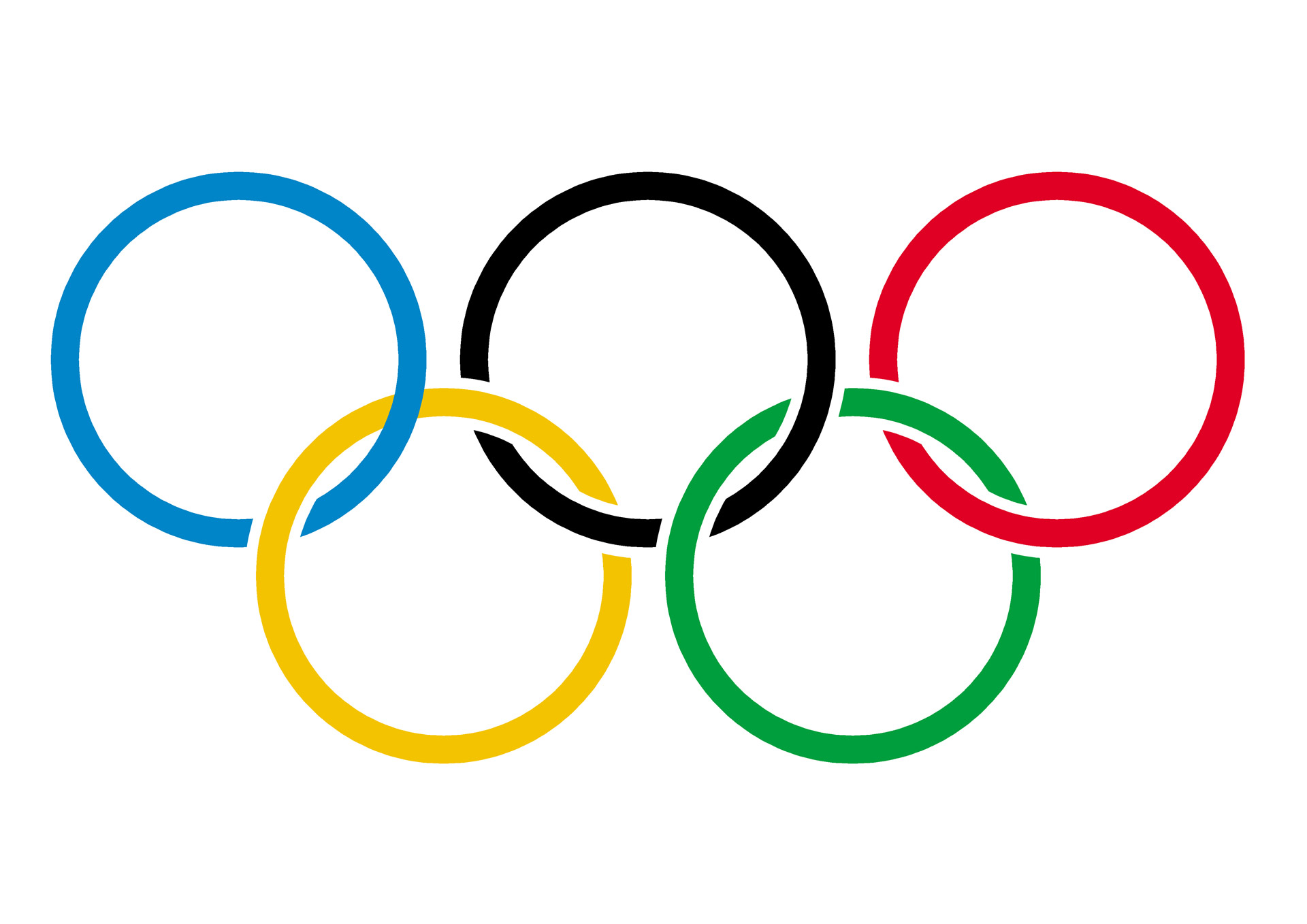
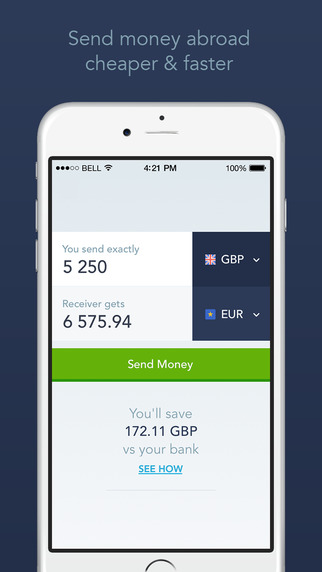 As soon as you land in Brazil, you’ll need an app to help you communicate using the local language. Sure, 99% of the population speaks Portuguese, but let’s face it: you’re an American tourist so the only thing you’ll be speaking is louder English accompanied by a series of wild gesticulating. Nay, the language you’ll want to speak is Real easy, as in the Brazilian Real, which as of this writing is 3 to 1 US dollar. And since Brazil’s economy is “going through one of the longest and deepest economic contractions in recorded history,”
As soon as you land in Brazil, you’ll need an app to help you communicate using the local language. Sure, 99% of the population speaks Portuguese, but let’s face it: you’re an American tourist so the only thing you’ll be speaking is louder English accompanied by a series of wild gesticulating. Nay, the language you’ll want to speak is Real easy, as in the Brazilian Real, which as of this writing is 3 to 1 US dollar. And since Brazil’s economy is “going through one of the longest and deepest economic contractions in recorded history,” 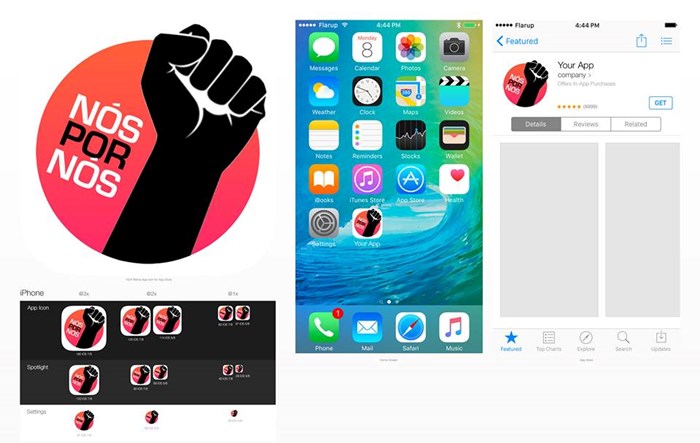 Simply download the
Simply download the 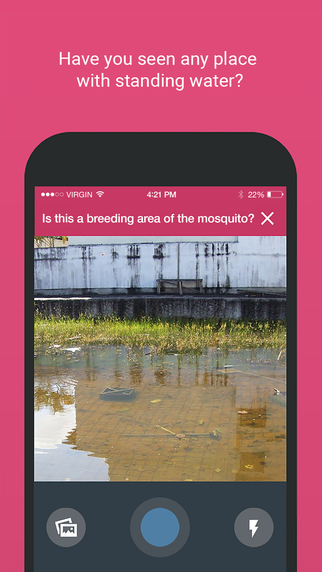 Are you pregnant? Do you ever want to be? Keep the Zika mosquitoes at bay with
Are you pregnant? Do you ever want to be? Keep the Zika mosquitoes at bay with 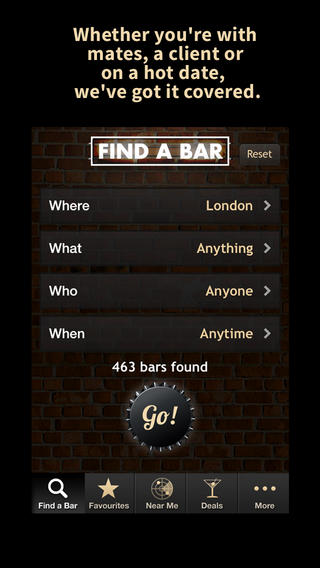 Well, we can’t fool you again: there’s no app that can test water quality, so don’t bother running the tap over your smartphone. Instead,
Well, we can’t fool you again: there’s no app that can test water quality, so don’t bother running the tap over your smartphone. Instead,  The odds of you hooking up with an Olympian is pretty low, unless you settle for the Bronze-winners. Improve your odds of winning the affection of a beautiful local with the power of dance! Samba, that is, which is the king of the dance-types in Brazil.
The odds of you hooking up with an Olympian is pretty low, unless you settle for the Bronze-winners. Improve your odds of winning the affection of a beautiful local with the power of dance! Samba, that is, which is the king of the dance-types in Brazil.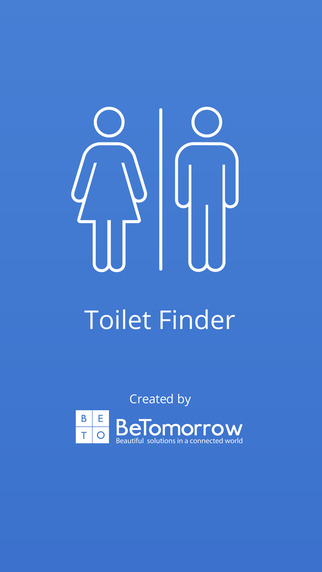 You’re going to get diarrhea. You know it. We know it.
You’re going to get diarrhea. You know it. We know it. 